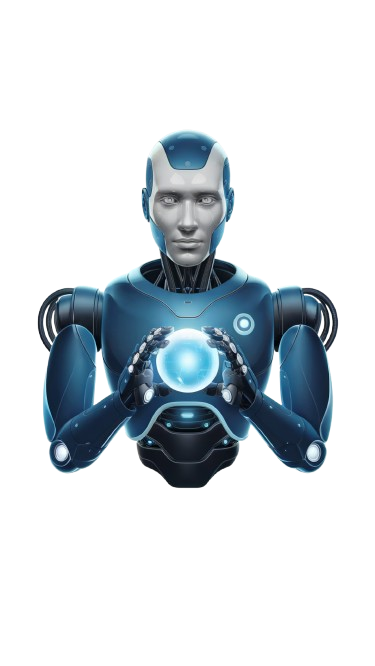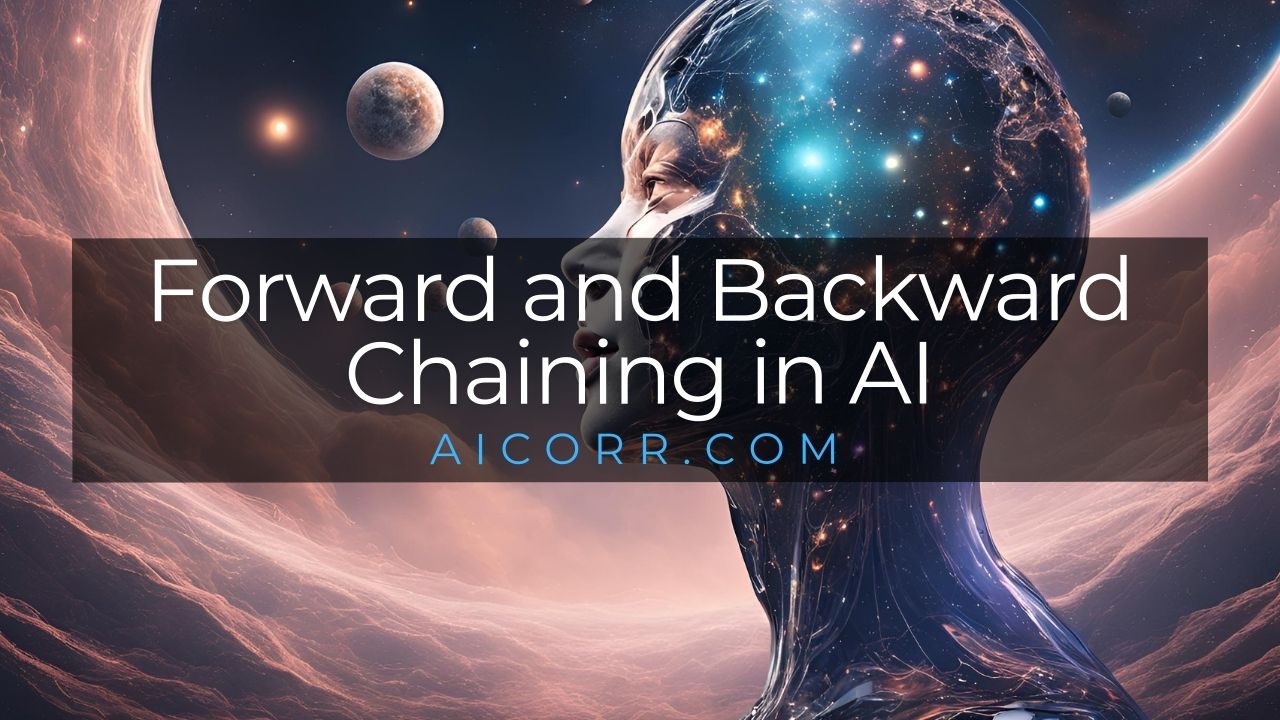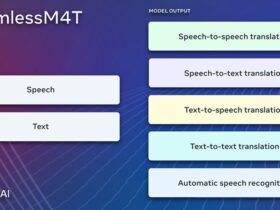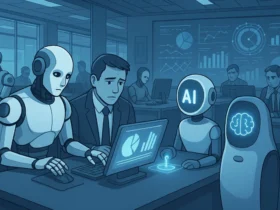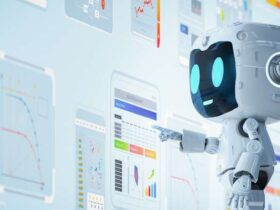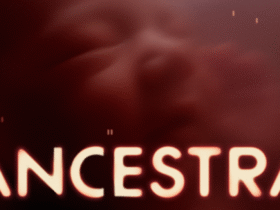The team of AICorr analyses the concepts of forward and backward chaining in artificial intelligence.
Table of Contents:
- Forward and Backward Chaining
Forward and Backward Chaining
Forward and backward chaining are fundamental concepts in artificial intelligence (AI). They are used primarily in rule-based systems and expert systems to infer conclusions from given information. These techniques are essential in automated reasoning and are widely applied in fields such as diagnostics, decision-making, and problem-solving. Understanding the differences and applications of forward and backward chaining is critical for anyone working in AI and knowledge-based systems.
Forward Chaining
Forward chaining is a data-driven approach used in AI to infer conclusions from a set of initial facts and rules. In this approach, the system begins with available information and applies inference rules to generate new information until a desired conclusion is reached or no further inferences can be made.
In a forward chaining system, the process typically follows the following steps.
- Identify Known Facts: The system starts with a set of initial facts provided by the user or gathered from sensors or databases.
- Apply Rules: The inference engine evaluates each rule in the knowledge base to determine whether the conditions (antecedents) of the rule are satisfied by the current facts.
- Derive New Facts: If a rule’s conditions are met, the consequent (conclusion) of the rule is added to the set of known facts.
- Repeat: The process continues until a desired goal is reached or no more rules can be applied.

Example of Forward Chaining
Consider a simple medical diagnosis system that uses forward chaining. Suppose the following rules are in the knowledge base:
- Rule 1: If the patient has a fever and body aches, then the patient might have the flu.
- Rule 2: If the patient has a runny nose and sneezing, then the patient might have a common cold.
If the initial facts are “the patient has a fever” and “the patient has body aches,” the system will apply Rule 1 and conclude that “the patient might have the flu.” The system proceeds by checking if any additional rules can now be triggered based on the newly inferred fact.
Advantages of Forward Chaining
- Data-driven: Useful when all available information is known at the outset.
- Dynamic: It is well-suited for environments where new data continuously becomes available.
- Automated Learning: Can help discover unexpected patterns and generate new insights.
Disadvantages of Forward Chaining
- Computationally Intensive: The system may evaluate many irrelevant rules.
- Lack of Focus: Without a clear goal, the inference process may become inefficient.
Backward Chaining
Backward chaining is a goal-driven approach used in AI to infer the necessary facts required to achieve a specific conclusion. In this approach, the system starts with a hypothesis or goal and works backward by determining which rules and facts must be satisfied to prove the hypothesis.
The backward chaining process generally follows the steps below.
- Define Goal: The system starts with a target conclusion or hypothesis.
- Search for Supporting Rules: The inference engine searches for rules whose consequent matches the goal.
- Evaluate Antecedents: The system verifies whether the antecedents of the selected rule are satisfied by existing facts or whether further subgoals need to be established.
- Repeat: The process continues recursively until all antecedents are proven true or no supporting rules remain.

Example of Backward Chaining
Consider the same medical diagnosis system as in the previous example. If the goal is to determine whether the patient has the flu, the system searches for rules that conclude “the patient might have the flu.” It finds Rule 1: “If the patient has a fever and body aches, then the patient might have the flu.” The system then checks whether the patient has a fever and body aches. If both facts are true, the hypothesis is confirmed; otherwise, the system may explore other rules or conclude that the flu diagnosis is unlikely.
Advantages of Backward Chaining
- Goal-oriented: Efficient for solving specific problems since it focuses directly on the target conclusion.
- Resource-efficient: Tends to be computationally less intensive because it avoids exploring irrelevant rules.
- Logical Reasoning: Ideal for applications where specific hypotheses need verification.
Disadvantages of Backward Chaining
- Limited Flexibility: Less effective in dynamic environments where all potential goals are not predefined.
- Dependence on Knowledge Base: The success of backward chaining heavily relies on a well-structured and comprehensive knowledge base.
Comparison
Both forward and backward chaining have their advantages and are suited to different problem-solving contexts. Forward chaining is typically better suited for situations where all relevant data is readily available, and the system’s task is to discover possible conclusions. In contrast, backward chaining is more appropriate when the system needs to verify specific hypotheses or achieve well-defined goals.
In many real-world AI systems, a hybrid approach that combines both forward and backward chaining is employed to leverage the strengths of both methods. For instance, expert systems for medical diagnostics may use forward chaining to monitor patient symptoms continuously and backward chaining to confirm potential diagnoses based on specific hypotheses.
Applications
Forward and backward chaining are used in various AI applications, including:
- Expert Systems: In domains such as medical diagnostics, troubleshooting, and customer support.
- Rule-Based Systems: Used in industrial automation and decision-making software.
- Knowledge-Based Systems: In environments where logical reasoning is essential for decision-making.
- Game AI: For strategic decision-making in games where rules dictate moves or scenarios.
- Legal and Compliance Systems: For validating compliance with regulations and laws based on given facts.
In a Nutshell
In conclusion, forward and backward systems are powerful inference techniques in AI that play a crucial role in problem-solving and decision-making. By understanding when and how to apply these methods, developers can design more efficient and intelligent systems capable of reasoning and learning from data.

